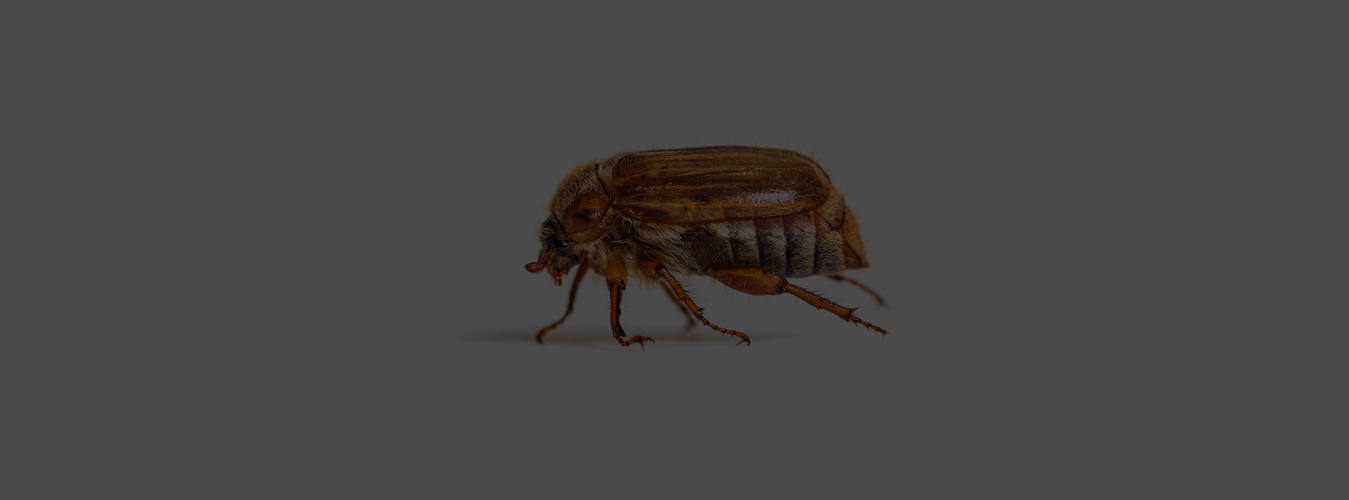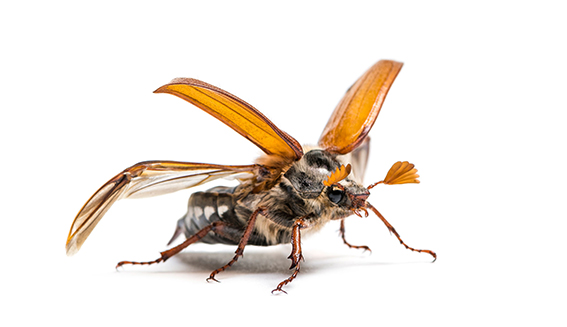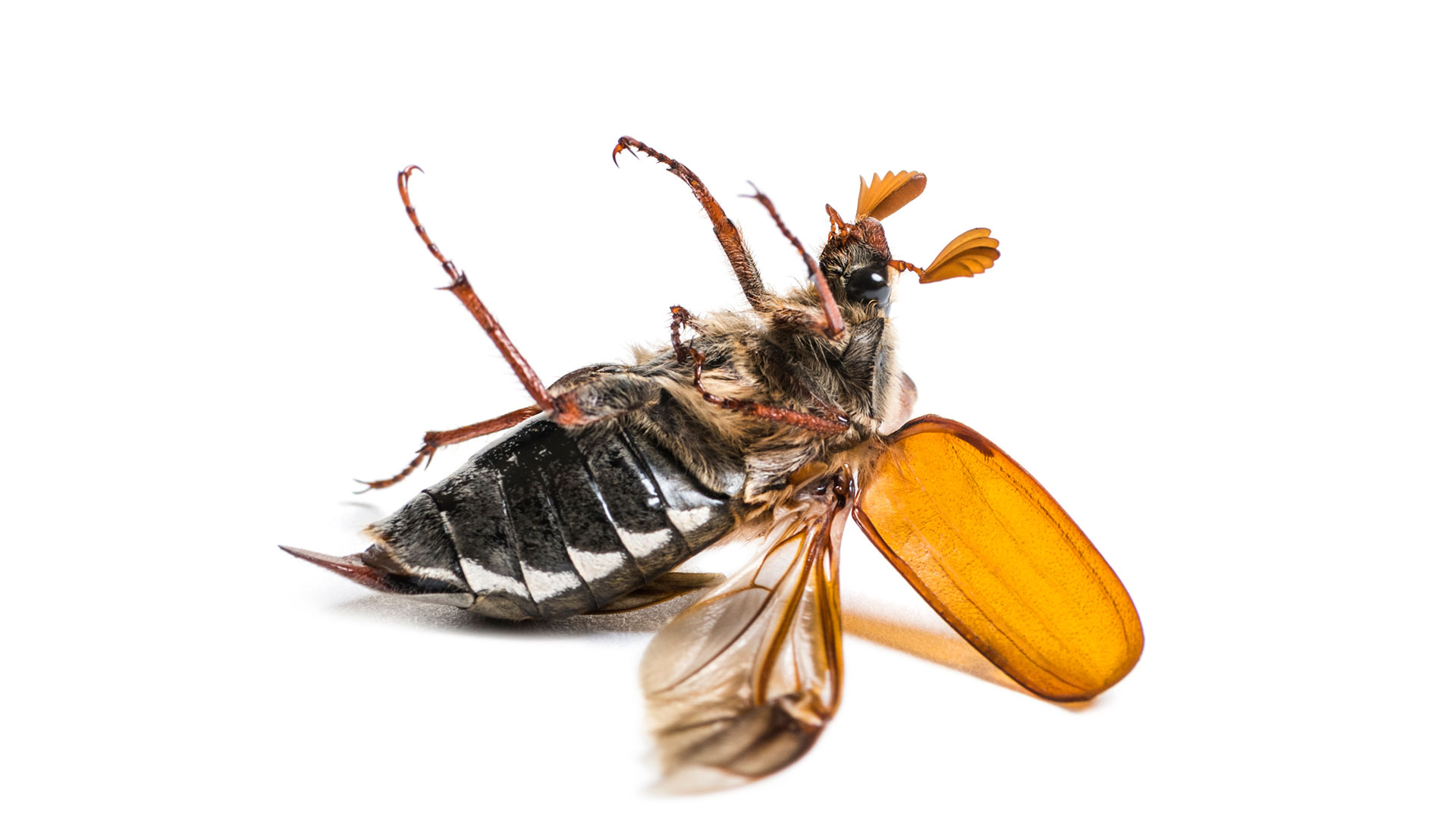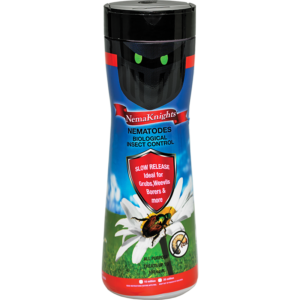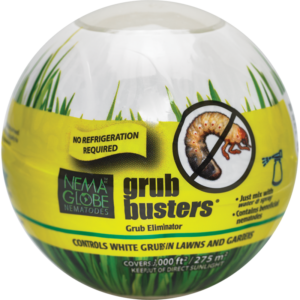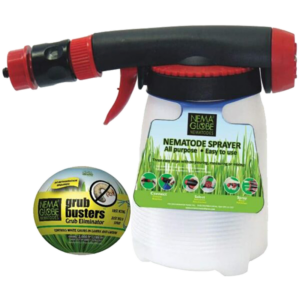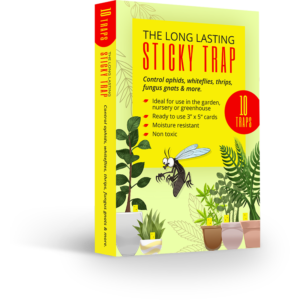Your cart is currently empty!
Damage
June beetles are pests of turfgrass, ornamentals, Christmas trees, cranberries, and many vegetable and field crops. While adult beetles eat plant leaves and flowers, grubs are the most damaging life stage of the insect. They damage plants by feeding on their roots and disrupting the uptake and transport of water and nutrients. Initial symptoms of grub damage appear as yellowing and wilting of foliage, as well as stunting of plants. Grubs can kill small plants but have less effect on larger plants with more robust root systems. When high populations of grubs occur in turfgrass, discolored patches of loosely rooted turf appear in late summer. Animals such as skunks, raccoons, turkeys, and sandhill cranes may dig and forage for grubs, causing even more damage to the turf.


